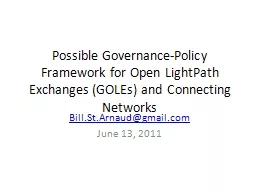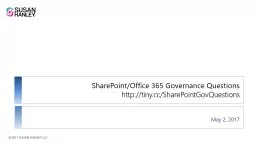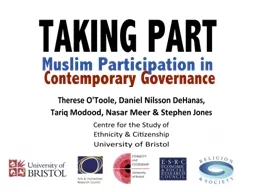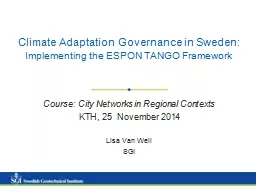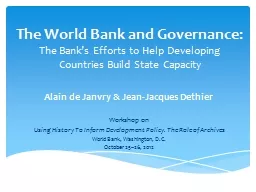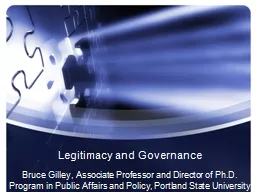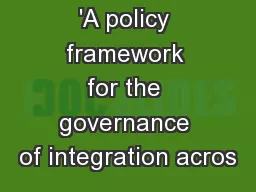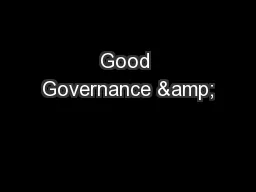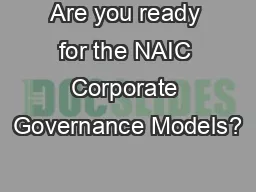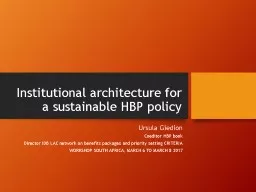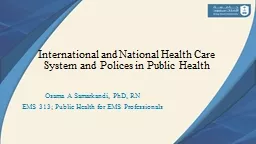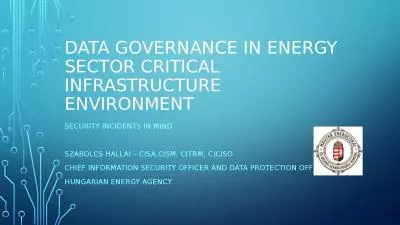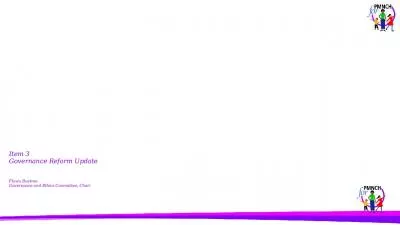PPT-Possible Governance-Policy Framework for Open
Author : impristic | Published Date : 2020-08-27
LightPath Exchanges GOLEs and Connecting Networks BillStArnaudgmailcom June 13 2011 Background Number of Open LightPath Exchange points increasingly significantly
Presentation Embed Code
Download Presentation
Download Presentation The PPT/PDF document "Possible Governance-Policy Framework for..." is the property of its rightful owner. Permission is granted to download and print the materials on this website for personal, non-commercial use only, and to display it on your personal computer provided you do not modify the materials and that you retain all copyright notices contained in the materials. By downloading content from our website, you accept the terms of this agreement.
Possible Governance-Policy Framework for Open: Transcript
Download Rules Of Document
"Possible Governance-Policy Framework for Open"The content belongs to its owner. You may download and print it for personal use, without modification, and keep all copyright notices. By downloading, you agree to these terms.
Related Documents

